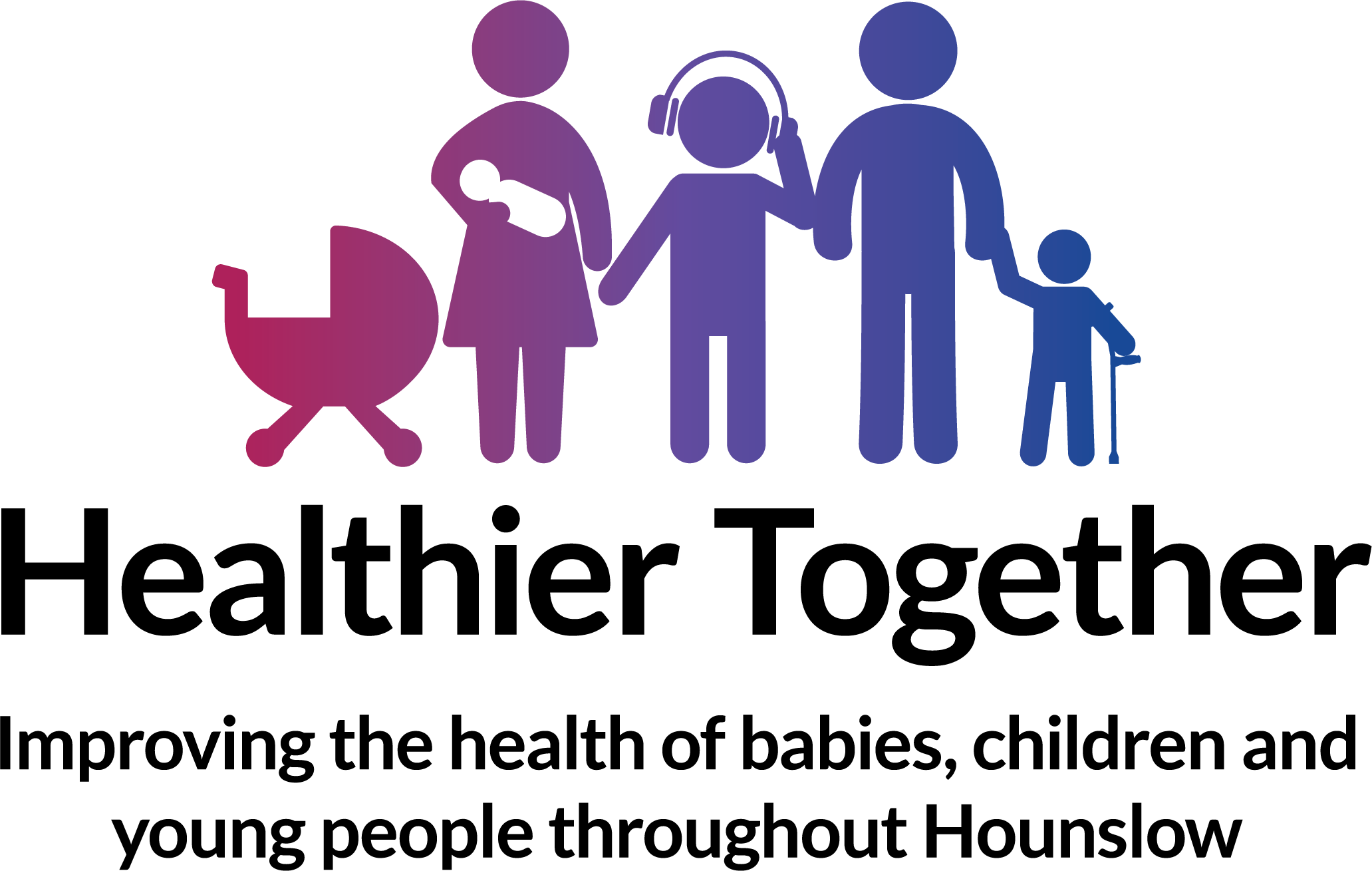Most children's toys are very safe. Accidents involving toys usually happen when a young child plays with a toy that is meant for an older child, or when someone trips over toys that have been left out. The reminders below will give you an idea of how to help your child play safely.
Did you know?
- Most toys in the UK are safe if you follow the instructions. UK law says all toys must have a suggested age range, so they aren't given to children that are too young to play with them
- One of the main causes of toy accidents is toys with small parts. If a child is given a toy designed for an older child they can break it and end up swallowing small parts.
Which toys should I buy?
There are so many great toys on the market it can be hard to choose the right one. If you’re not sure, the tips below will help you choose something safe and fun for your child.
The best place to shop for toys is a specialist toy shop or recognised high street shop. These shops won’t sell toys that don’t meet the right safety standards. They also have sales staff on hand to give you advice on what to buy, and which toys are best for your child.
It’s best to be careful with second hand toys. If you’re looking to save money, a toy library might be a safer option - they’ll lend you toys that are appropriate and in good condition.
Look for the safety symbols. Toys have an age warning on the packaging if they’re not suitable for children under 36 months. Toys with small parts will usually have this warning. Also, look out for the lion mark. This shows that the manufacturer claims the toys have been made to higher standards of safety and quality.
Which toys are suitable for my child?
All toys should have a label telling you the age they are designed for. The hints below are just a guide to help you choose a toy your child can enjoy safely.
All children develop at different speeds. But even so, it’s best to comply with the age advice on toy packaging. If a baby plays with a toy that has small parts or long fur, they may choke or swallow bits of the toy. Marbles and magnets can also be choked on or swallowed, and magnets are particularly dangerous as they can cause serious problems if swallowed. Toy manufacturers know what is safe and what isn’t so it’s best to follow their age guides.
Sharing toys teaches children good habits, but be careful if older children are sharing their toys. What maybe safe for a seven year old may not be safe for a toddler.
More advanced toys can still be fun if you supervise play with your child. Toys like baking kits, baby bath toys, or chemistry sets will help your children learn, but will require use under supervision to make sure your child doesn’t get hurt.
How can I keep my child’s toys safe?
Encouraging your child to put toys away helps to keep your home safe. One of the main risks to children is tripping or falling over toys, putting them away in a toy box can prevent accidents. Tidying up things like balloons is especially important, as burst balloons are a choking hazard for young children.
If a toy is broken or damaged, it’s safer to throw it away to prevent accidents for children.
Battery powered toys undergo rigorous safety testing. Once batteries wear out, try to avoid mixing old and new batteries as they could overheat in the toy.
Batteries in children’s toys are covered by safety regulations. They should either be enclosed by a screw and a secure compartment or need two independent or simultaneous movements to open the battery compartment. Please remember that older children may still be able to open secure battery compartments.
Toys bought online or from markets, discount stores or temporary shops may not follow the appropriate safety regulations. For example, Trading Standards officers have issued warnings about light-up fidget spinners, where the battery is easily accessible to children.
Download the CAPT toy safety fact sheet here. This gives essential advice for parents on which toys are most dangerous and why children under the age of three are most at risk and how to buy safe toys.
Visit CAPT's buy safe toys hub to learn more about dangerous toys and how to avoid them.
Read more about the dangers posed by button batteries here.



 Many accidents and injuries are a part of growing up as children explore and learn, but a serious accident can change the course of a child’s life forever. Thankfully, many accidents are preventable by taking some simple steps.
Many accidents and injuries are a part of growing up as children explore and learn, but a serious accident can change the course of a child’s life forever. Thankfully, many accidents are preventable by taking some simple steps.
